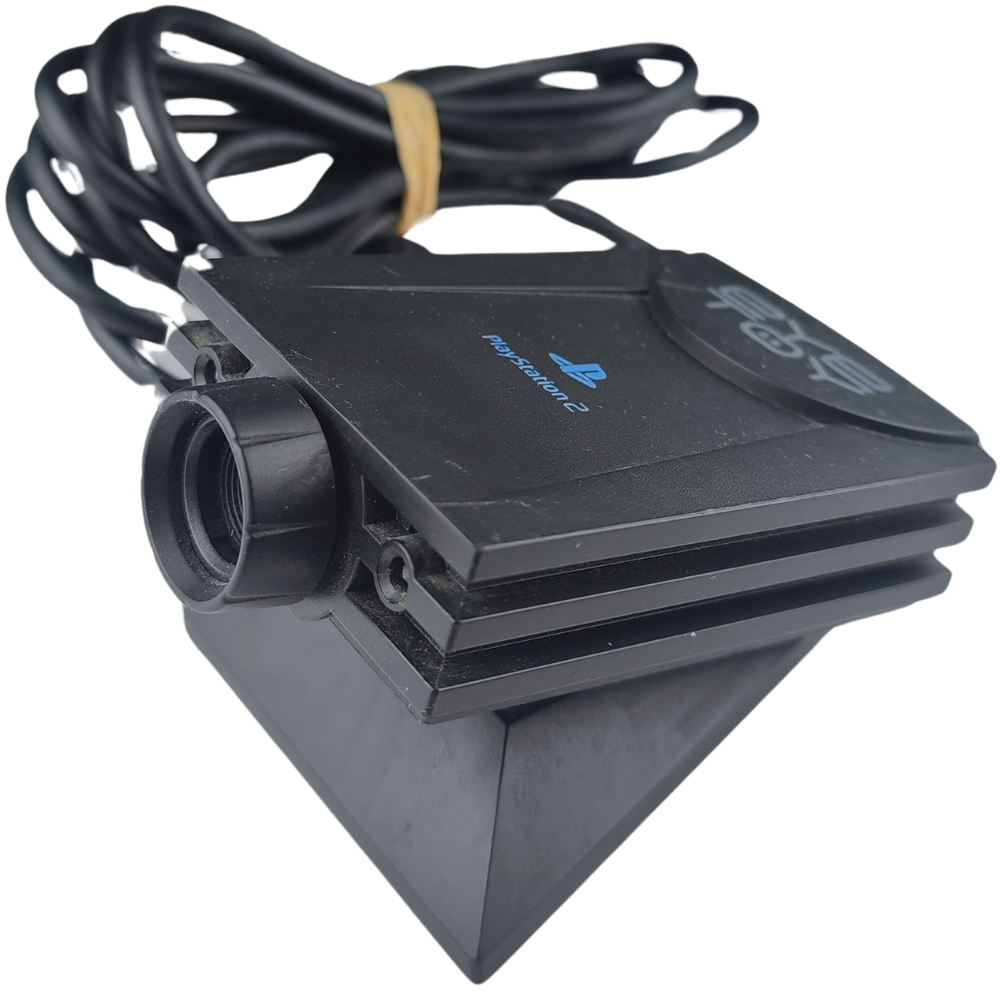
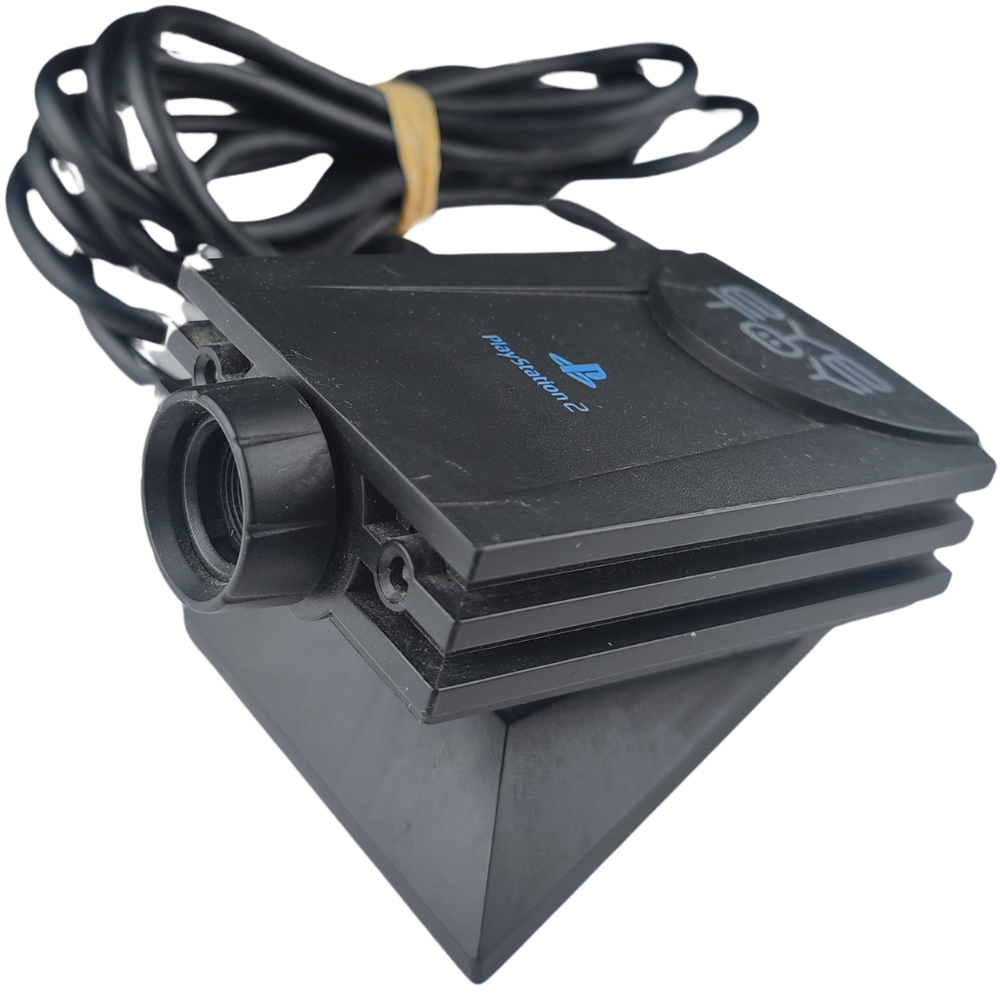
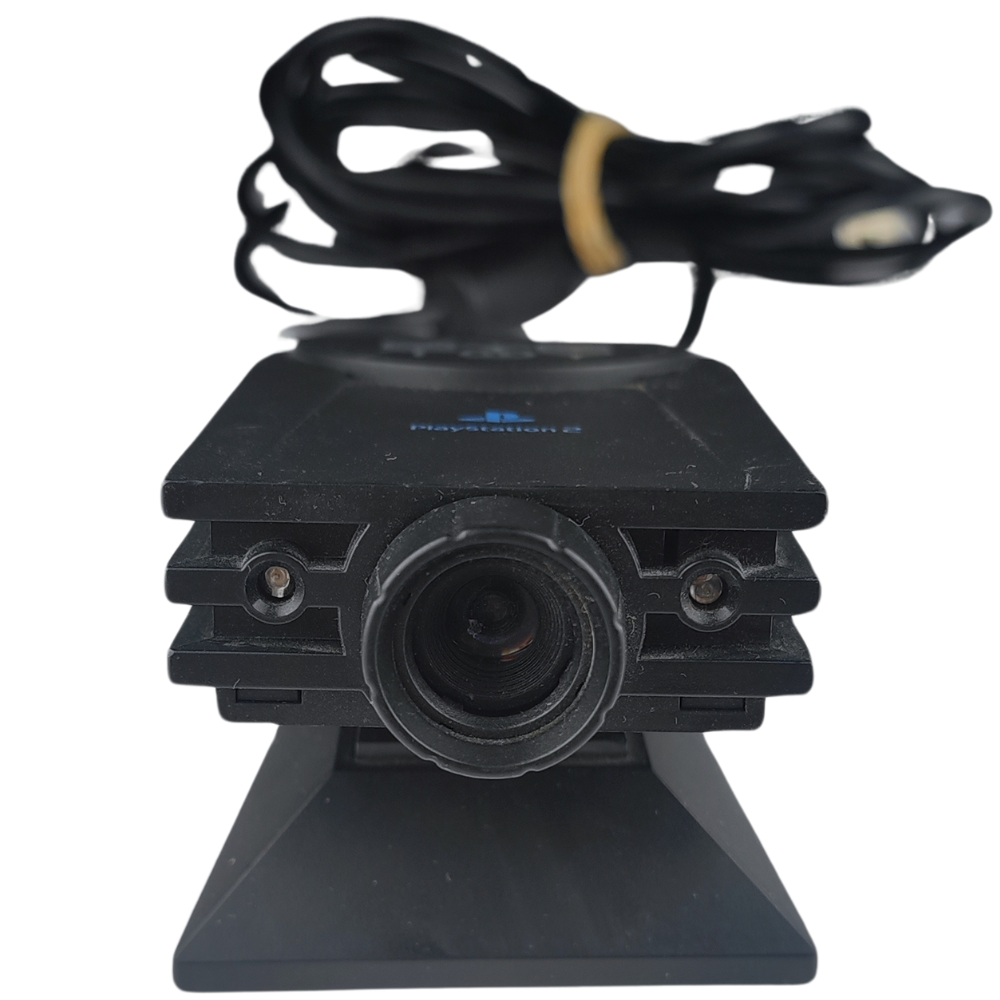
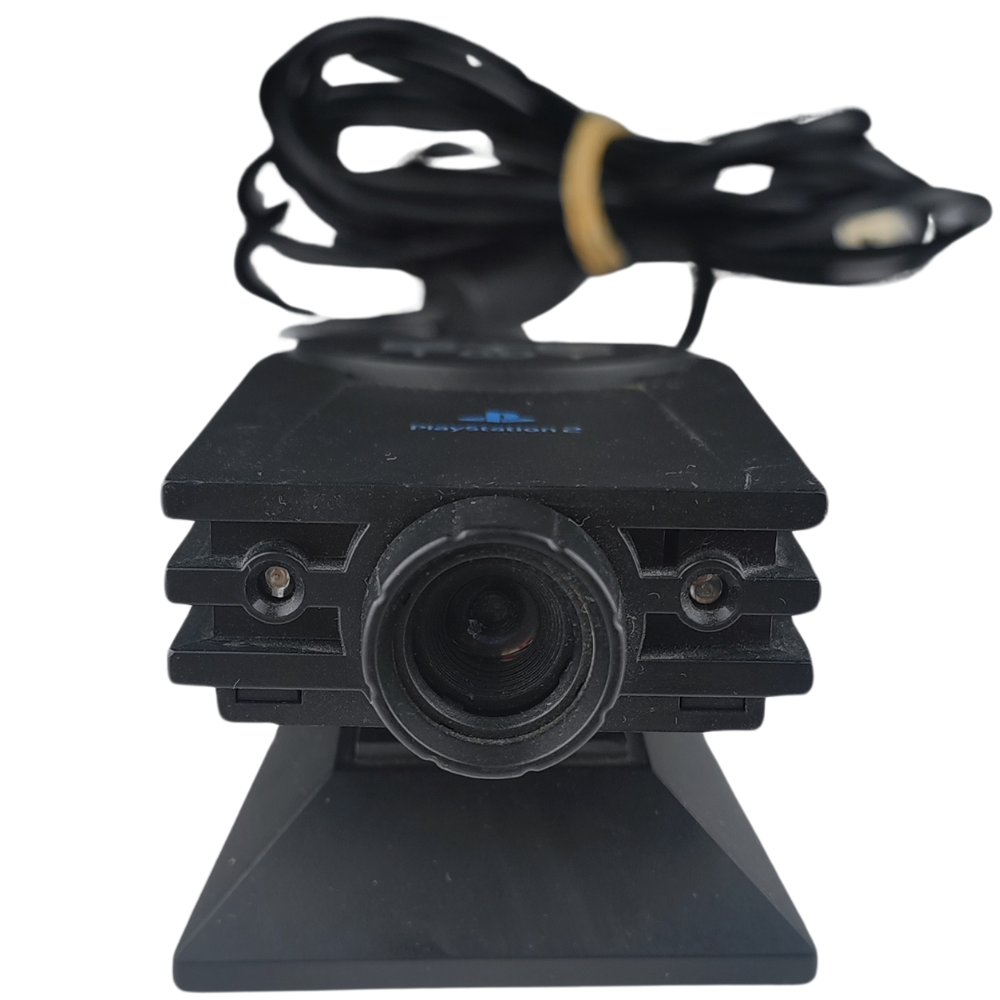
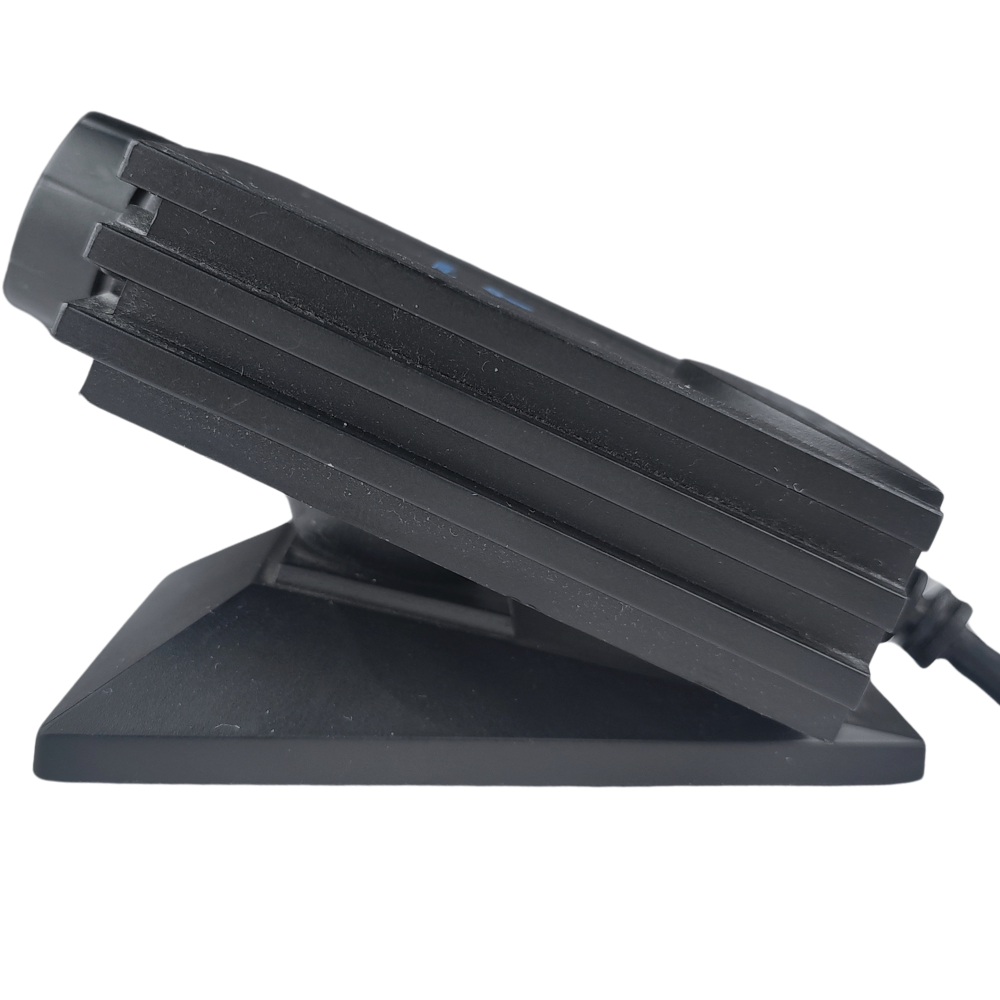



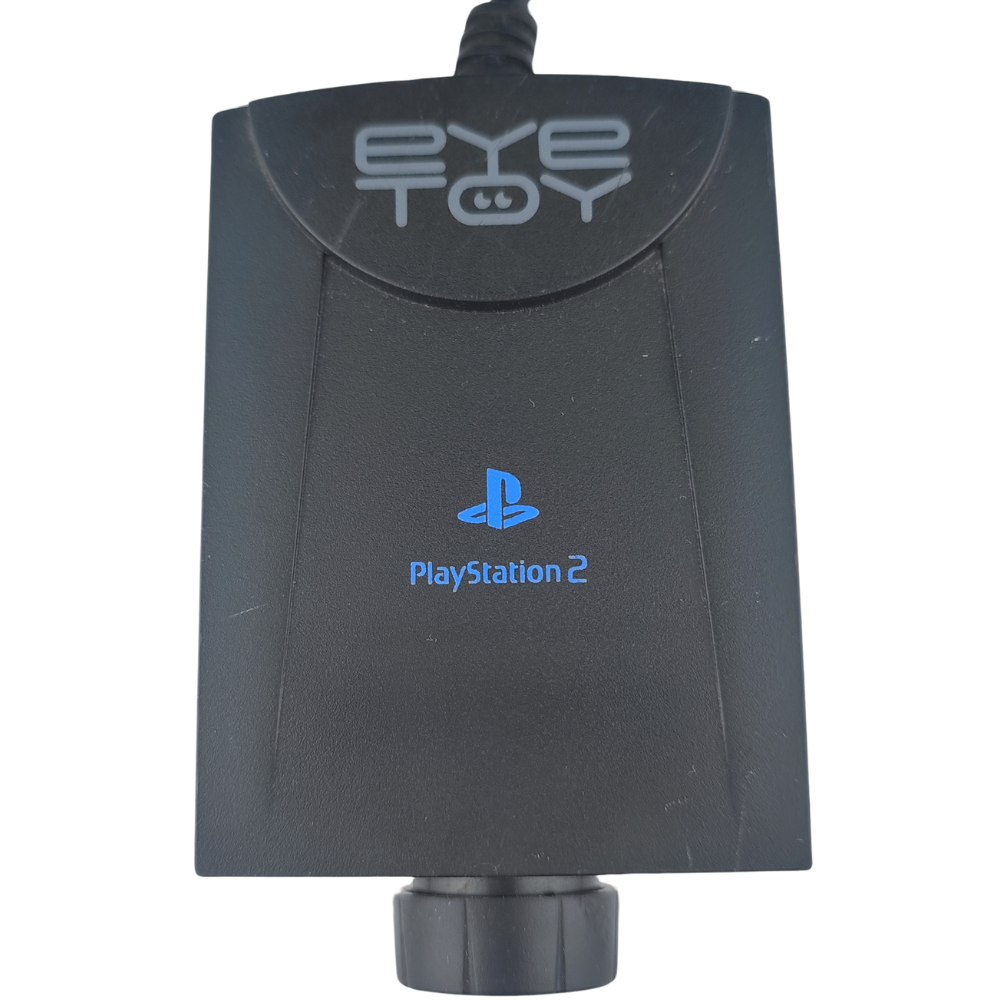
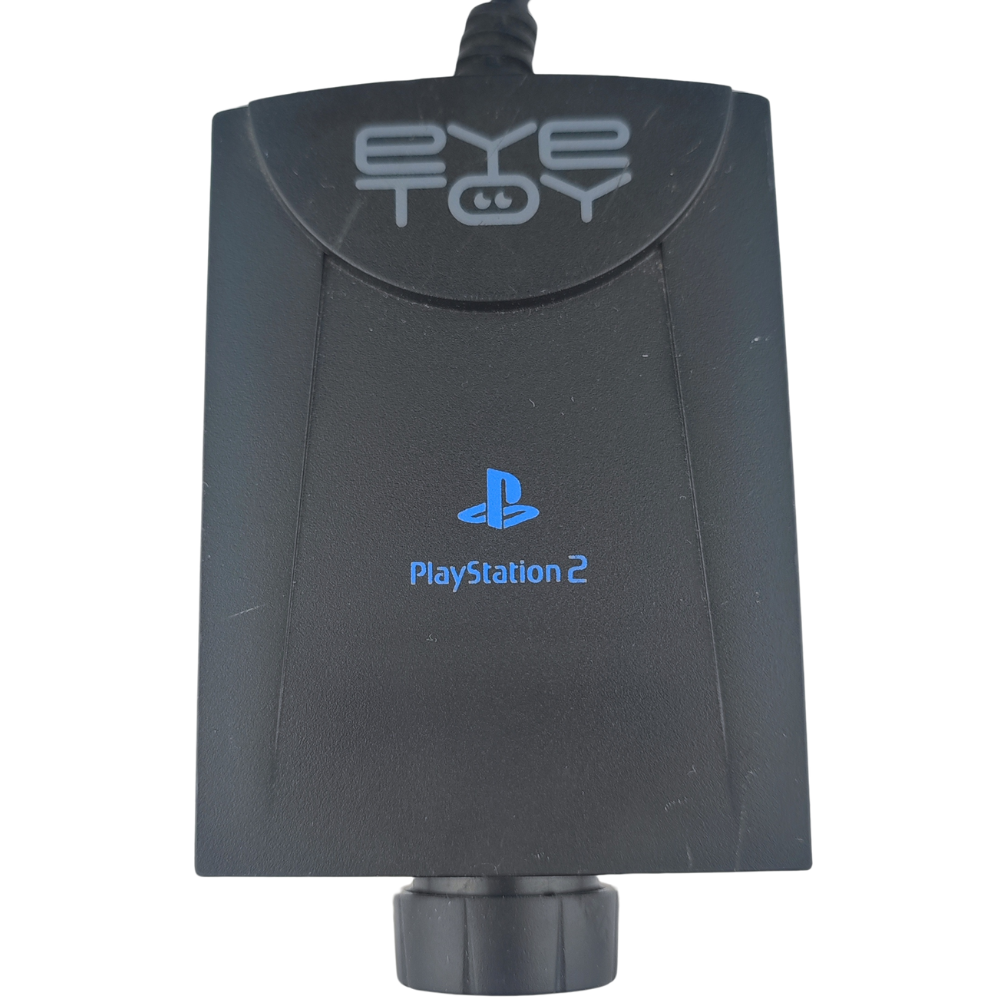

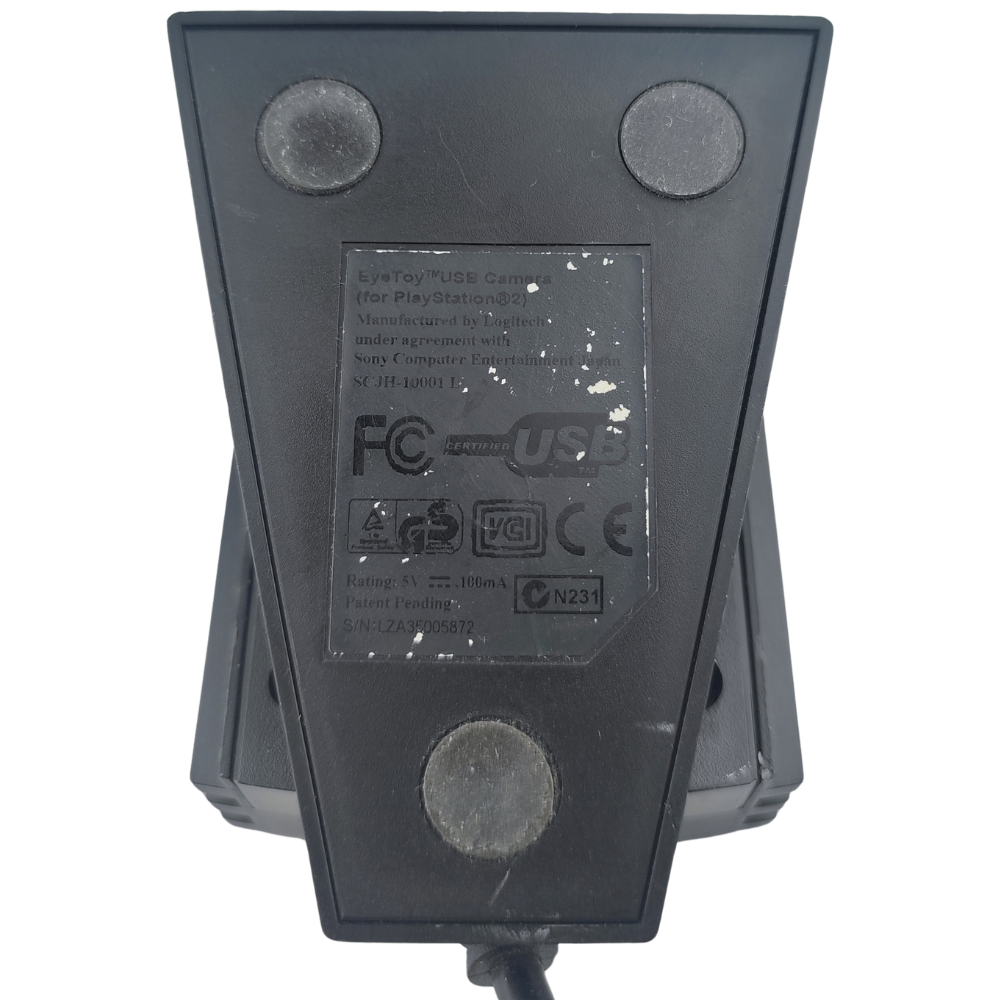
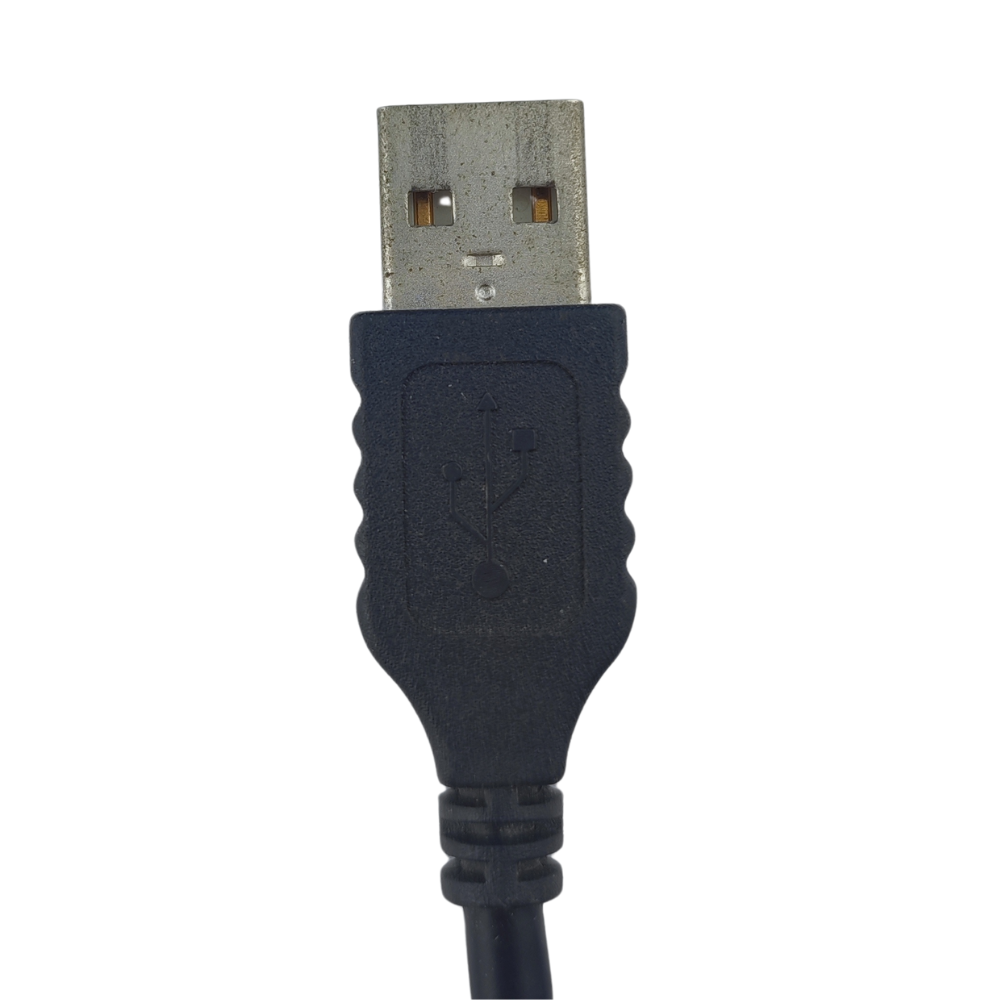



















Genuine Official Black Sony Playstation 2 PS2 Eye Toy Camera SCJH-10001
Secure checkout
Friendly support
Hassle-free returns
Design and Features
The EyeToy Camera is a first-party accessory for the PlayStation 2 that introduced motion-based gameplay and video capture. Released in 2003, this USB camera enabled players to interact with games using physical movements, pioneering early motion control technology.
- Motion-Based Gameplay: Captures player movement in real time, allowing for hands-free interaction with compatible games.
- Compact USB Design: Easily connects to the PlayStation 2 via a USB port, with a simple plug-and-play setup.
- Adjustable Lens: Features a rotating focus ring to adjust image clarity based on player distance.
- Built-In Microphone: Some versions include a microphone for voice-based interactions in supported games.
- Official Sony Product: Designed and manufactured by Sony, ensuring seamless compatibility with the PlayStation 2.
Historical Impact
- Early Motion Gaming Innovation: Served as one of the first mainstream attempts at motion-controlled gaming, influencing later technology like the PlayStation Move and Kinect.
- Expanded PlayStation 2’s Capabilities: Introduced a new way to engage with games, beyond traditional controllers.
- Popularised Interactive Party Games: Titles such as 'EyeToy: Play' showcased the potential of hands-free gaming, making it a hit for casual and family-friendly experiences.
Importance in Gaming
- Foundation for Future Motion Controls: Helped pave the way for more advanced motion gaming seen in later PlayStation and Xbox consoles.
- Accessible Gameplay: Made gaming more intuitive for players of all ages, removing complex button inputs.
- Versatility Beyond Gaming: Used for video messaging and basic recording functions, expanding the PlayStation 2’s multimedia capabilities.
Summary
Released in 2003, the EyeToy Camera was an innovative accessory for the PlayStation 2 that introduced motion-based gameplay and interactive experiences. With its real-time motion tracking, adjustable lens, and early voice input support, it revolutionised casual gaming and set the stage for future motion-controlled systems. Its impact on gaming history remains significant as an early attempt to integrate players more directly into digital experiences.
















